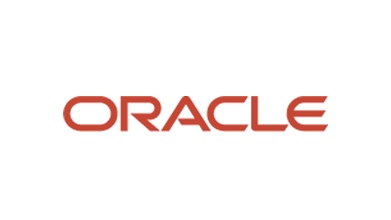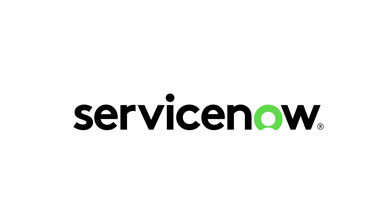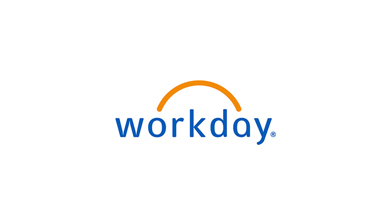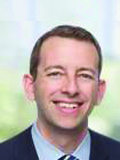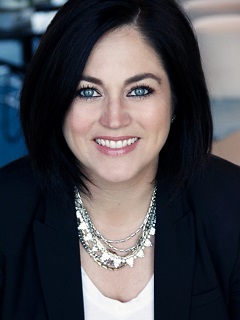Modern work has never been more disrupted.
Technology and automation, remote and hybrid working models, changing business models and customer expectations are forcing new ideas around what the workforce needs to be able to do and when. In this environment, tried and true “strategic workforce planning”—based on a relatively unchanging and growth-oriented mindset and traditional supply-and-demand forecasting—is giving way to a new discipline: workforce shaping.
Output from workforce shaping helps to inform and influence decision making concerning the size, shape, makeup and capability of the workforce, as well as the structure and mindset to deliver a future workforce strategy including reskilling or upskilling and facilitating workforce transitions.
KPMG LLP’s unique approach to workforces shaping helps organizations adapt to new reality and virtual ways of working by moving from a traditional annual workforce planning model, based on matching people to jobs, to an ongoing agile, unique process of matching skills to task.
Our services include:
- Organization design and architecting – Identify new ways of working, how it impacts to your business and changes needed to organization structures, work flow, procedures, capabilities, and roles in order to fit future strategies.
- Workforce analytics - Leverage technology and analyze individual and organizational data to help identify patterns, provide insights, and draw conclusions in order to get the right talent in the right roles to meet business objectives.



